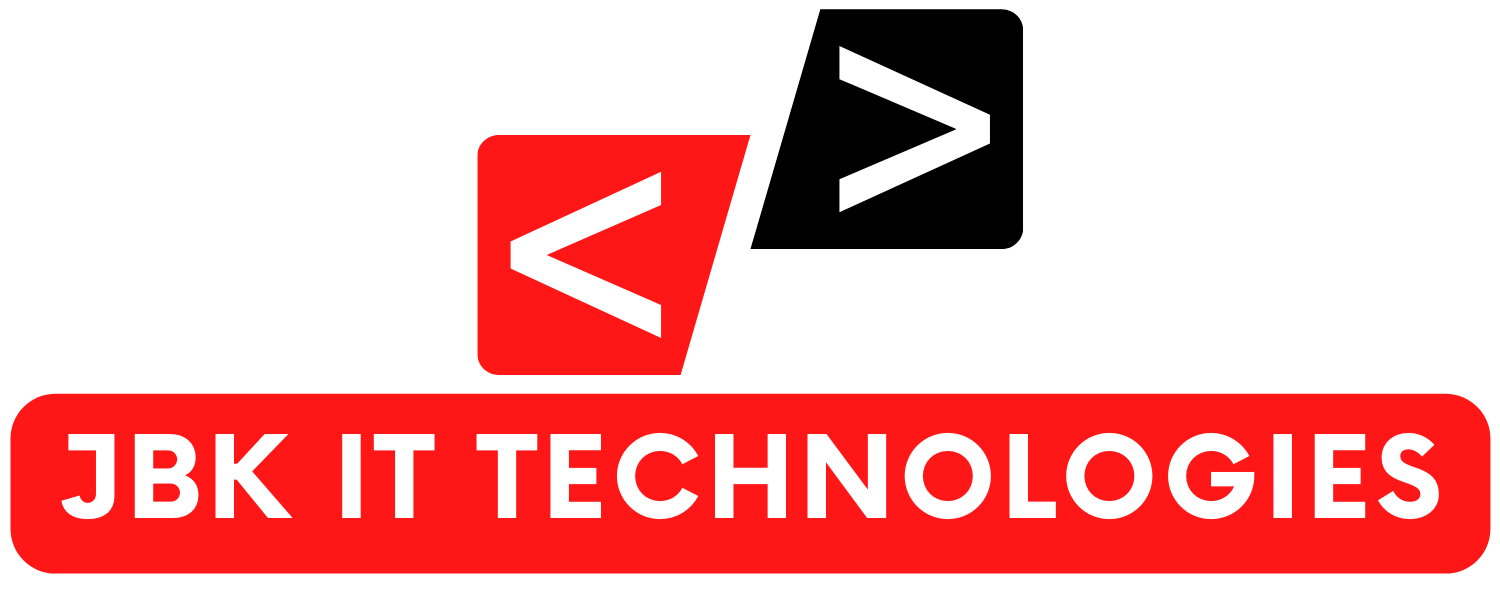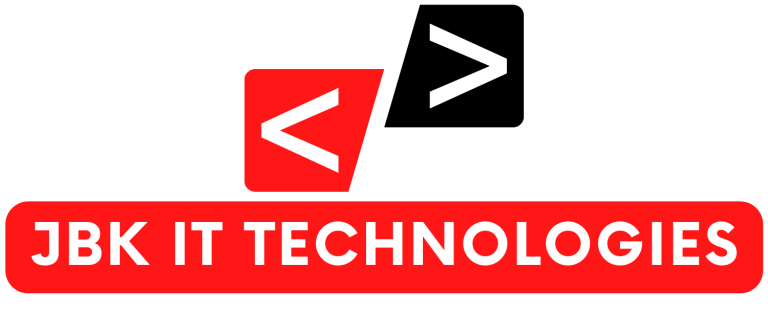Asset accounting in SAP FI (Financial Accounting) and CO (Controlling) is a crucial component of managing an organization’s tangible assets, such as machinery, buildings, vehicles, and more. It helps organizations track the acquisition, depreciation, and disposal of assets while ensuring compliance with accounting standards and regulatory requirements.
Here are the key aspects of asset accounting in SAP FI/CO:
- Asset Master Data: Asset accounting begins with creating and maintaining asset master records. Each asset is assigned a unique asset number and categorized based on its type, location, and other attributes. This data includes information such as asset description, acquisition date, cost, useful life, and more.
- Asset Acquisition: When an organization acquires a new asset, such as purchasing machinery or a vehicle, it is recorded in SAP FI/CO. This can be done through various transaction codes, depending on the acquisition method (e.g., purchase order, asset transfer, or manual entry).
- Depreciation: Assets depreciate over time, which means their value decreases. SAP asset accounting allows for the automatic calculation and posting of depreciation based on predefined methods (e.g., straight-line or declining balance). This ensures that the asset’s value is accurately reflected in the financial statements.
- Asset Transfers and Retirements: If an asset is moved to a different location or department within the organization, SAP FI/CO provides functionality to record asset transfers. Additionally, when an asset is disposed of or sold, you can retire it in the system and record any gains or losses.
- Asset Valuation: Asset accounting also handles the periodic valuation of assets. This involves adjusting the value of assets in accordance with changes in their market or fair value, ensuring accurate balance sheet reporting.
- Integration with Other Modules: SAP FI/CO integrates with other SAP modules like Materials Management (MM) and Plant Maintenance (PM). This integration ensures a seamless flow of data between modules, such as when an asset is procured through the MM module or when maintenance costs are incurred through the PM module.
- Reporting and Analytics: SAP FI/CO offers a range of standard reports and analytics tools to help organizations monitor asset performance, depreciation, and financial impact. Custom reports can also be developed to meet specific reporting requirements.
- Compliance and Audit Trails: Asset accounting in SAP helps organizations maintain compliance with accounting standards and regulatory requirements. It also provides a comprehensive audit trail, making it easier to track changes to asset data and transactions.
- Asset Under Construction (AUC): SAP allows for the management of assets that are still under construction or in the project phase. Costs incurred during construction can be capitalized and later transferred to the appropriate asset once it is completed.
- Tax and Legal Requirements: SAP FI/CO can handle various tax and legal requirements related to asset accounting, including tax depreciation methods and reporting for tax authorities.
In summary, asset accounting in SAP FI/CO is a comprehensive solution for managing an organization’s tangible assets throughout their lifecycle. It ensures accurate financial reporting, compliance with regulations, and effective control over valuable assets.

